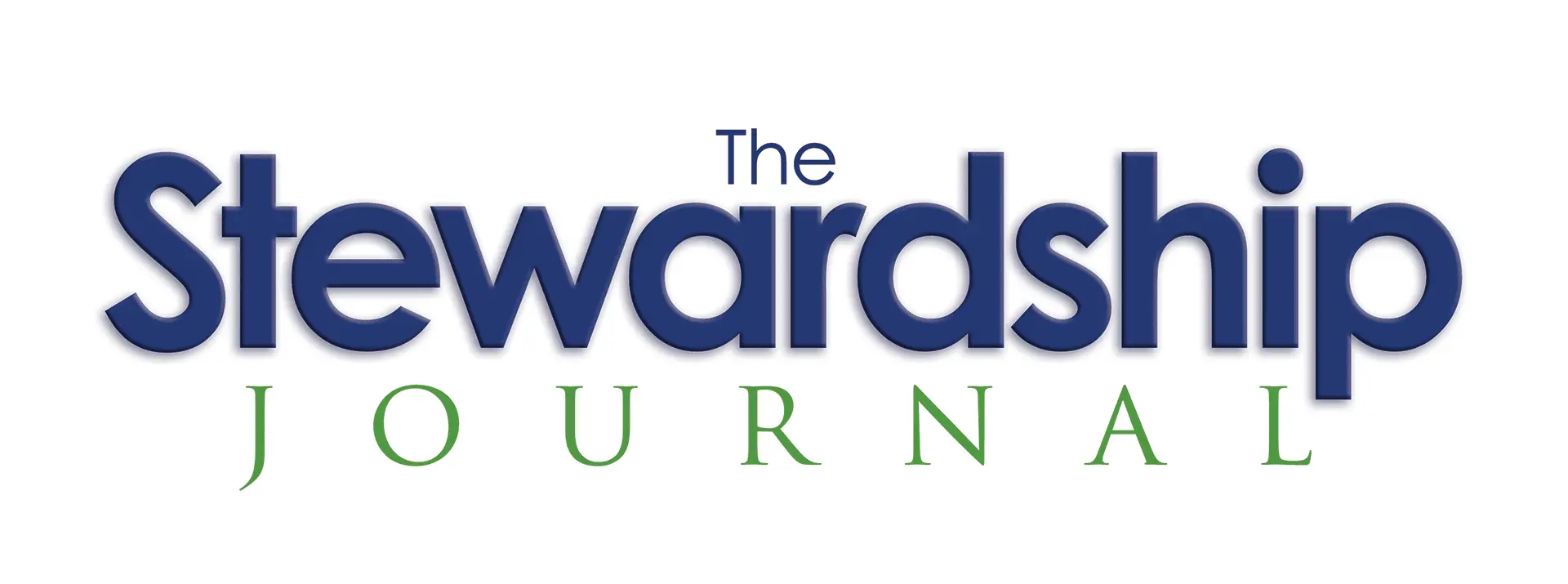Thus, we will post articles and interviews with thought leaders whose expertise is beyond money and finance in upcoming issues. In this post, we want to introduce you to a future contributor, Tim Cool, the Chief Stewardship Officer at Smart Church Solutions (https://www.smartchurchsolutions.com/). Smart Church Solutions’ statement is, “We assist organizations to be intentional, effective, and efficient with the resources that God has entrusted to them.” We believe that a key area for churches to survive into the future is stewarding well the resources of their facilities. We contacted Tim to ask him about his views on facility stewardship.
Stewardship Journal: Tim, tell us a bit about your background and what led you to start Smart Church Solutions.
Tim Cool: I have spent my adult work life serving the local church. I spent over 25 years leading churches through facility construction projects across the country. I was blessed to serve hundreds of congregations during that time. However, in 2008 I was convicted of “stewarding” these facilities we were building. I would visit a facility we had helped build 3-5 years after dedication Sunday and was shocked to see a facility that looked 10 years old. The lack of intentional care, planning, and stewarding of what God had entrusted to that congregation was alarming. As we dug into this, we found that most churches would get all excited about the new shiny thing but were complacent about stewarding it. They did not have adequate budgets to keep up with the facility’s operational costs or to even keep up with the natural rate of deterioration of all construction materials and systems. The most shocking was the lack of Capital Reserve planning. Over 70% of churches we have surveyed did not have a defensible plan for capital renewals. This was alarming as these expenditures are inevitable. You will replace every HVAC unit, every stitch of carpet, every roof, etc. These are not IF considerations, but WHEN and HOW MUCH. This lack of planning was what really fueled us to start Smart Church Solutions.
Stewardship Journal: How would you summarize what Smart Church Solutions does for local churches?
Tim Cool: The quick answer is that we equip churches to intentionally steward what God has entrusted to them. Our products and services are all intended to help churches face the reality of their physical facilities, assist with proper planning, and increasing operational efficiency related to their facilities.
Stewardship Journal: What caught our attention was your mention of Facility Stewardship. Can you tell us more about this?
Tim Cool: Great question. I grew up in a pastor’s home. Yep…I am a PK! Growing up, the word stewardship was almost always used in the context of money and raising money. But stewardship is about taking care of what someone else has entrusted to us. If you believe, as we do, that everything on earth belongs to God…the homes we live in, the cars we drive, the pews we sit in, the ministry facilities we assemble in… then we are stewards of God’s “stuff.” Facility Stewardship is a phrase we adopted in 2009 and has been the mantra of everything we do. My book, ENTRUSTED: A Guide to Intentional Church Facility Stewardship, goes into far more detail.
For more information on this book, visit, https://www.smartchurchsolutions.com/resources/additional-resource/entrusted-a-guide-to-intentional-church-facility-stewardship/.
Stewardship Journal: What is the biggest challenge for churches regarding facilities now?
Tim Cool: There are 2 major issues we see as being the silent “killer” of churches and their facilities. First is the lack of capital reserves to cover those inevitable costs. Most of us are planning for retirement, or at least we should be. We systematically put money into investments so that they grow over time so that when it is time to retire or change our vocational rhythm, we have the funds needed to sustain our lifestyle. We don’t put money in a 401K with the intent to spend it the same year we saved it. Instead, we set up a plan for how much we believe we will need in those later years and then save and invest accordingly. The same applies to the “retiring” of most of the components of your church facility. As indicated, you will replace every HVAC unit…meaning you will “retire” the unit and, in turn, will need to replace it. Would it not be better facilities and financial stewardship to start saving money every year for the 15-20 years of the life of the HVAC unit than to wait until it dies and then have to ask the congregation for $20-50,000?
The second is the underfunding of the operational budget and facility staffing. Based on our research and that of the International Facility Management Association (IFMA), the best-run facilities have 1 full-time staff for general maintenance for every 35,000 square feet. That is rarely the case in the church world. In fact, most times, we see 2 to 3 times that ratio. This lack of staffing and budgets leads to deferred maintenance. Deferred maintenance is a serious epidemic in the churches of America. We have been involved in more than one church closing over the past several years, where the facility had deteriorated so badly that it was no longer cost-effective to continue using the facility. That is SAD! It could have been avoided with proper planning. Based on our evaluation of the churches that we have provided Facility Conditions Assessments, there was not a single church that did not have deferred maintenance. In fact, most churches averaged $25-40/square foot of deferred maintenance. Your readers should multiply their campus square footage by those factors. Then evaluate if they have reserves to address these deficiencies.
Stewardship Journal: How has Covid changed how we think about facilities?
Tim Cool: We saw many church closings during Covid as their financial runway dried up and the condition of their facilities overwhelmed them. We also learned through Covid that even if your congregation decreases or the church budget decreases, you have the same amount of facilities to care for in most cases. If your budget decreased by 25%, you still have the same square footage to heat, cool, clean, maintain, etc. This is a reality that cannot be overlooked.
Stewardship Journal: What do you see as the future regarding facilities, and how should churches prepare for that future?
Tim Cool: The church of North America is reliant on buildings. None of us have a house large enough to host 250 people for a worship service. As such, we will continue to need facilities to facilitate ministry. However, we see 2 significant trends:
- Churches will lose ground in their communities if they do not embrace the care and stewarding of the facilities. Deterioration will continue and, if not addressed, will lead to the abandonment of facilities in some form or fashion, which means we lose kingdom impact in those communities and neighborhoods.
- In medieval and even early colonial days, the church was the center of town and, as such, the center of culture. It was the hub for the community. We must get back to that. The church body must be the light to the community and not an outlier. If we have that mindset, I believe we can find ways to utilize our ministry facilities to impact our communities. I think of the John 4 passage about the women at the well. We all know the story…she interacted with Jesus at the well, was changed, and rushed to tell her family and friends. But we often forget what happened next. She brought them back to the WELL. She did not load up the family camel and take them to the temple…but to the well…where she encountered Jesus. I contend that we need to be “well diggers” and less “temple builders.” We need to find ways to use our facilities to impact the community 7 days a week, not just on Sundays. Next to the NFL, churches are the worst user of real estate. We build billion-dollar football stadiums for 8 home games a year. The church, in turn, builds multi-million-dollar facilities to be underutilized. That is not good stewardship.
Stewardship Journal: Wow, Tim! What great and insightful words on how we must steward our facilities as we prepare for the future. Thanks so much for your thoughts here, and we look forward to future contributions to the Stewardship Journal.
You can find out more about Smart Church Solutions at https://www.smartchurchsolutions.com/

